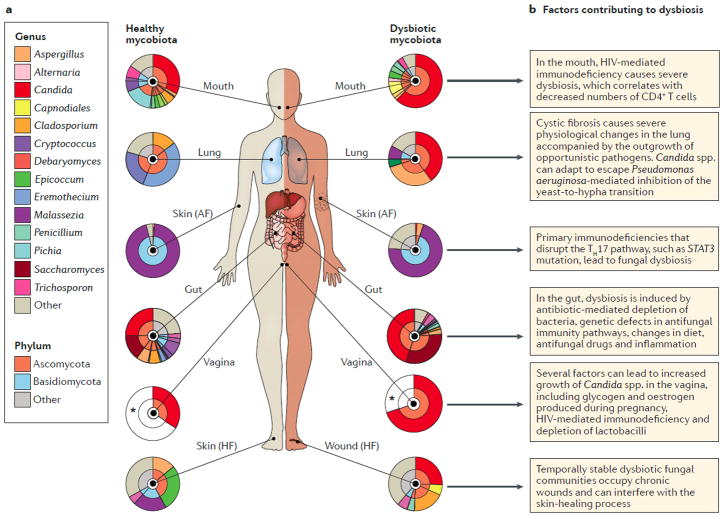Figure 1. The mycobiota during health and in dysbiosis.
A) During homeostasis, diverse fungal communities reside all human barrier surfaces during homeostasis, such as the mouth32; lung53; skin9, gut22 and vagina57 (left hand side). The pie charts represent the relative abundance of the observed taxa at the phylum and genus levels (inner and outer circles, respectively). Of note, the data for the vagina are estimates that are based on culture-dependent studies, due to a lack of sequencing-based studies related to disease conditions (indicated with an asterisk). ‘Other’ refers to sequences with <5% relative abundance. During diseases, those communities are perturbed (right hand side). Dysbiotic fungal communities are observed in the oral cavity32 and the vagina58 of HIV patients; in the lung of cystic fibrosis patients51; on the skin of primary immunodeficiency61 and chronic wounds63 patients; in the gut of Crohn’s disease22 patients. B) Factors contributing to fungal dysbiosis at different barrier surfaces. AF, antecubital fossa; HF, hind foot; STAT3, signal transducer and activator of transcription 3.

